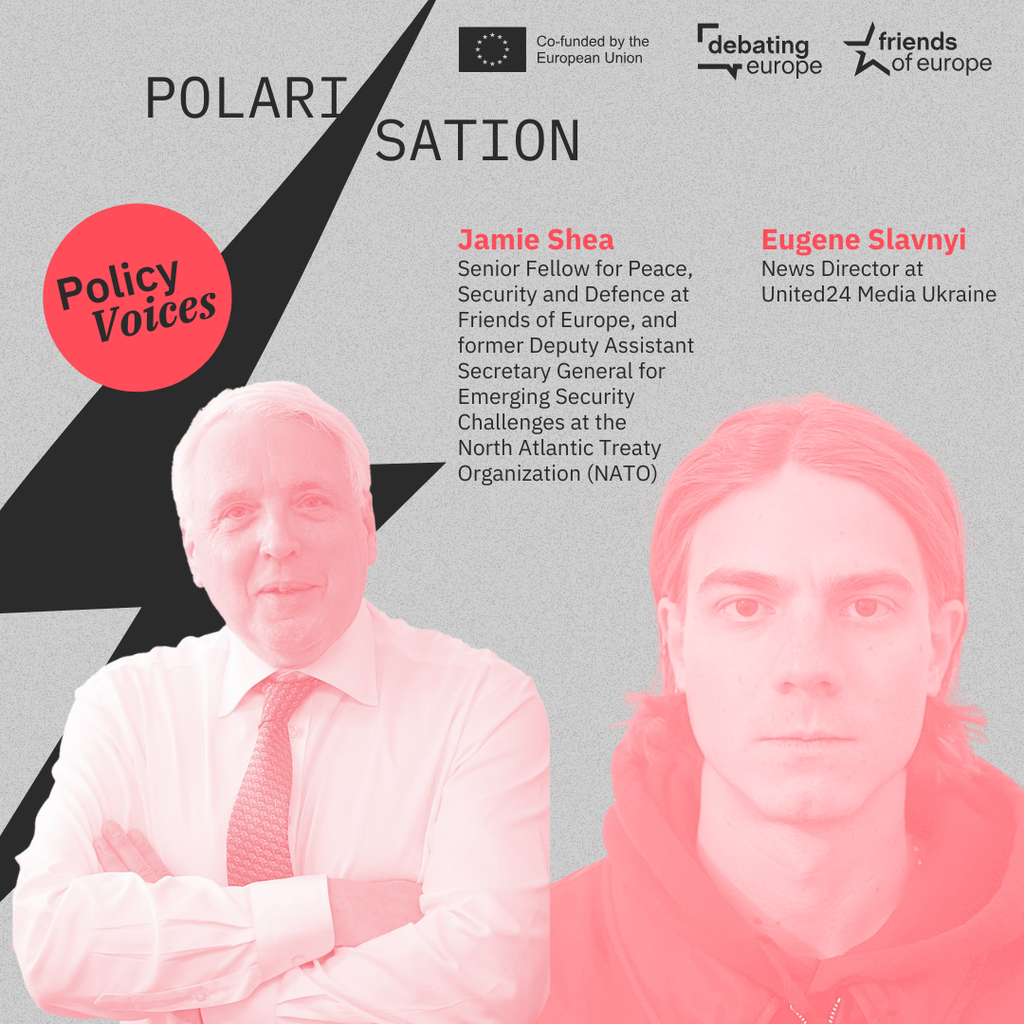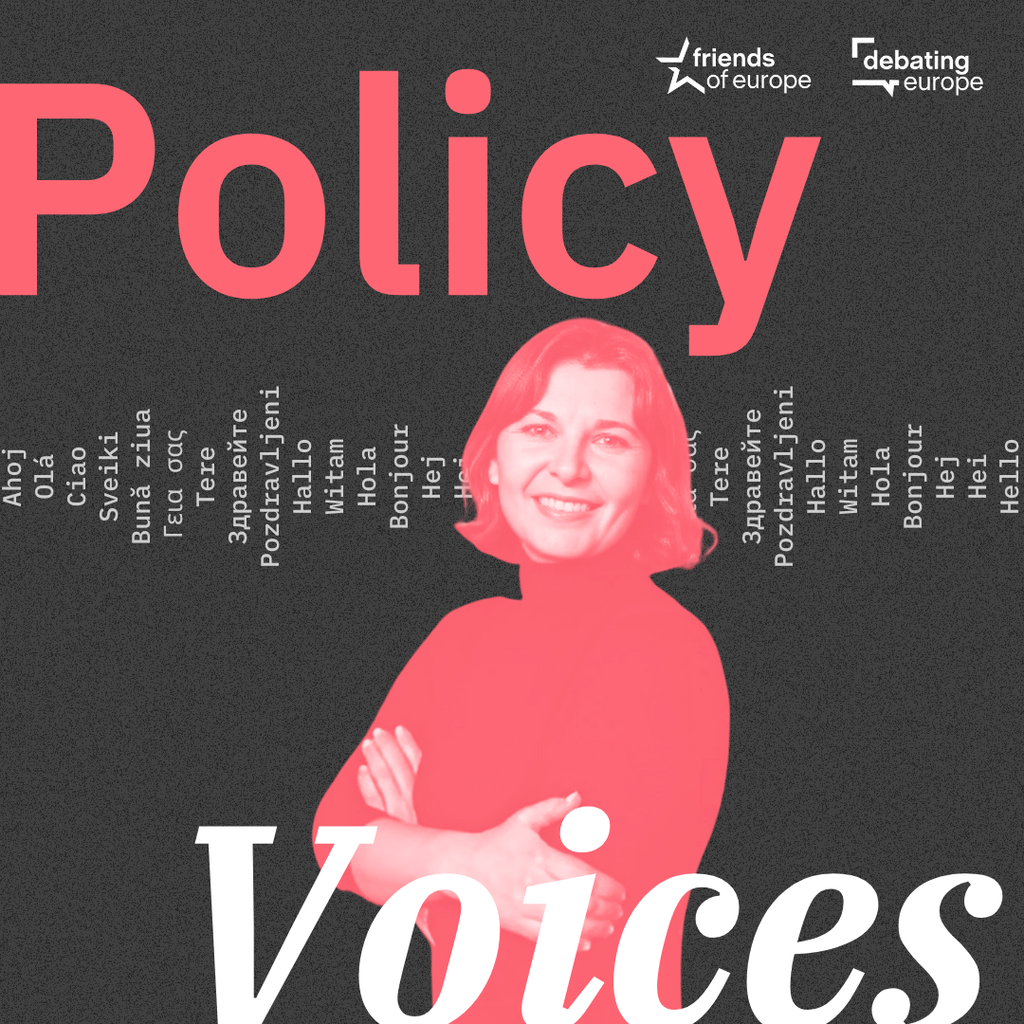From ambition to action: building Europe’s Defence Union
Past event In person

- Area of Expertise
- Peace, Security & Defence
Peace, Security & Defence

Senior Research Scholar and Director of Global Natural Gas Markets at the Center on Global Energy Policy
US President Trump has repeatedly complained about the Nord Stream 2 pipeline. Is Nord Stream 2 in fact a security threat for Europe and, if so, to what extent? The answer is no, and European policymakers are well advised to remember their primary goals: to complete the internal energy market to prevent market power abuse in all member states and to facilitate trade while pushing to reduce Greenhouse Gas (GHG) emissions.
Energy security is impossible to define in a way that suits all relevant stakeholders, simply because traders, end users of a resource, industries, politicians and regulatory authorities all use different metrics of success. For example, a trader may assess that a market is well supplied, and therefore secure, while a politician looking at that same market can be concerned about the market share of one supplier and, at the same time, an environmental NGO may raise concerns about extending the lifetime of fossil fuels in an era of mounting concerns about GHG emissions.
The public debate about Nord Stream 2 has raged on for years, with all relevant arguments having been put on the table and they are unlikely to change much at this point. The quality of the debate has deteriorated, however, as both proponents and opponents have dug in and nuance is mostly lost. For example, it has been argued that the pipeline is a risk to market functioning. However, this underestimates the significant progress that has been made to integrate European natural gas markets by building out infrastructure so that not only diverse sources can more easily be imported, but they can also flow freely across the continent.
Similarly, strong rhetoric was employed during the planning stages of Nord Stream 1, a comparable pipeline that runs from Russia to Germany. Just as Nord Stream 2 is discussed as a security risk, its predecessor was famously given the moniker ‘the Molotov-Ribbentrop pipeline’ by a then Polish foreign minister. After completion, little was heard about the pipeline, other than that it is operating at full capacity today, and supplying more than a handful of countries.
Considering the level of scrutiny this specific project receives, one should expect top-notch work
It has also been suggested that constructing Nord Stream 2 is an environmental risk. However, the EU has some of the world’s most stringent environmental permitting procedures. Considering the level of scrutiny this specific project receives, one should expect top-notch work.
The more valid concern centres around the general promotion of natural gas in an age where governments and companies are attempting to curtail GHG emissions. Given that burning natural gas with current technology is inseparable from carbon emissions and that the exact amount of methane emissions generated throughout the production cycle is hard to quantify, natural gas may not be the best choice from an emissions perspective.
However, it is important to keep one’s eyes on the ball. Even though natural gas can currently not be more than a stepping stone towards a low carbon economy, across the EU there are numerous examples of more polluting resources that can be replaced with this energy source. Moreover, the natural gas industry in the EU has started to work diligently to improve its GHG footprint, for instance by exploring the potential of biomethane, and hydrogen. There are also renewed, and necessary, efforts underway to commercialize carbon capture and utilization technologies.
Regrettably, Nord Stream 2 has turned out to be a risk for European cohesion. Member states are bickering and European institutions have employed all available tools to prevent this project from moving forward. By now, even German domestic politics is bitterly divided as possible future European leaders vow to derail the project if given the opportunity to do so. These declarations have forced some of the existing leadership to uncomfortably dance around the topic.
As can also be seen from President Trump’s repeated criticisms (which notably started under the Obama Administration), this project has eroded Transatlantic cohesion. Proponents of the pipeline will have you believe that, after a series of statements by high ranking officials, US opposition to Nord Stream 2 is merely to advance sales of US liquified natural gas.
The reality is much more nuanced, though it is safe to say that the intricacies of EU energy security do not rank high on the list of interests of the current US President. In Washington, bureaucracies, knowledge and appreciation of European peculiarities can be more profound than presidential statements may suggest. True governmental sentiments on Nord Stream 2 may be obfuscated though the political campaign against one single project has arguably taken an unnecessarily contentious form.
For the member states involved, it is time to stop asking what the EU can do for them, but rather what they can do for the EU
What is next? By now, the pipeline is almost halfway constructed. The European Commission has attempted to get a formal decision-making role, first by requesting this of the European Council, and, when that proved unlikely to succeed, by proposing changes to the Gas Directive. However, changing the rules of the road at this point is EU unworthy, and may damage the investment climate.
If the EU wants no more Russian gas after Nord Stream 2, it should start designing a regulatory scheme to make that happen and contemplate the costs that come with such a decision. For Brussels policymakers, it is time for a final push to make good on the promise of one integrated natural gas market that benefits all its member states and citizens.
This objective has been elusive as there remain infrastructural bottlenecks that have proven difficult to address, often with complications at the member state level. For the member states involved, it is time to stop asking what the EU can do for them, but rather what they can do for the EU. Meanwhile, European policymakers and entrepreneurs must press ahead with the transition towards a low carbon economy – including decarbonisation of the gas mix – and think hard about drastically curtailing energy demand. In the end our collective consumption patterns inform investment decisions that the industry makes.
Most European public debate currently lacks meaningful conversation about the energy transition, especially in terms of its trajectory and market realities. This conversation necessitates open questions around equity, individual responsibilities and division of labour around various spheres of governance. This, in turn, creates a void that is increasingly filled by scaremongering, special interest groups and political hijacking – things that the EU and its member states can do without as they try to orchestrate the transition towards a low carbon economy.
Past event In person

Next event

Past event Online

Past event Online





Stay informed
We use cookies and similar technologies to adjust your preferences, analyze traffic and measure the effectiveness of our campaigns. Learn more about our privacy policy.